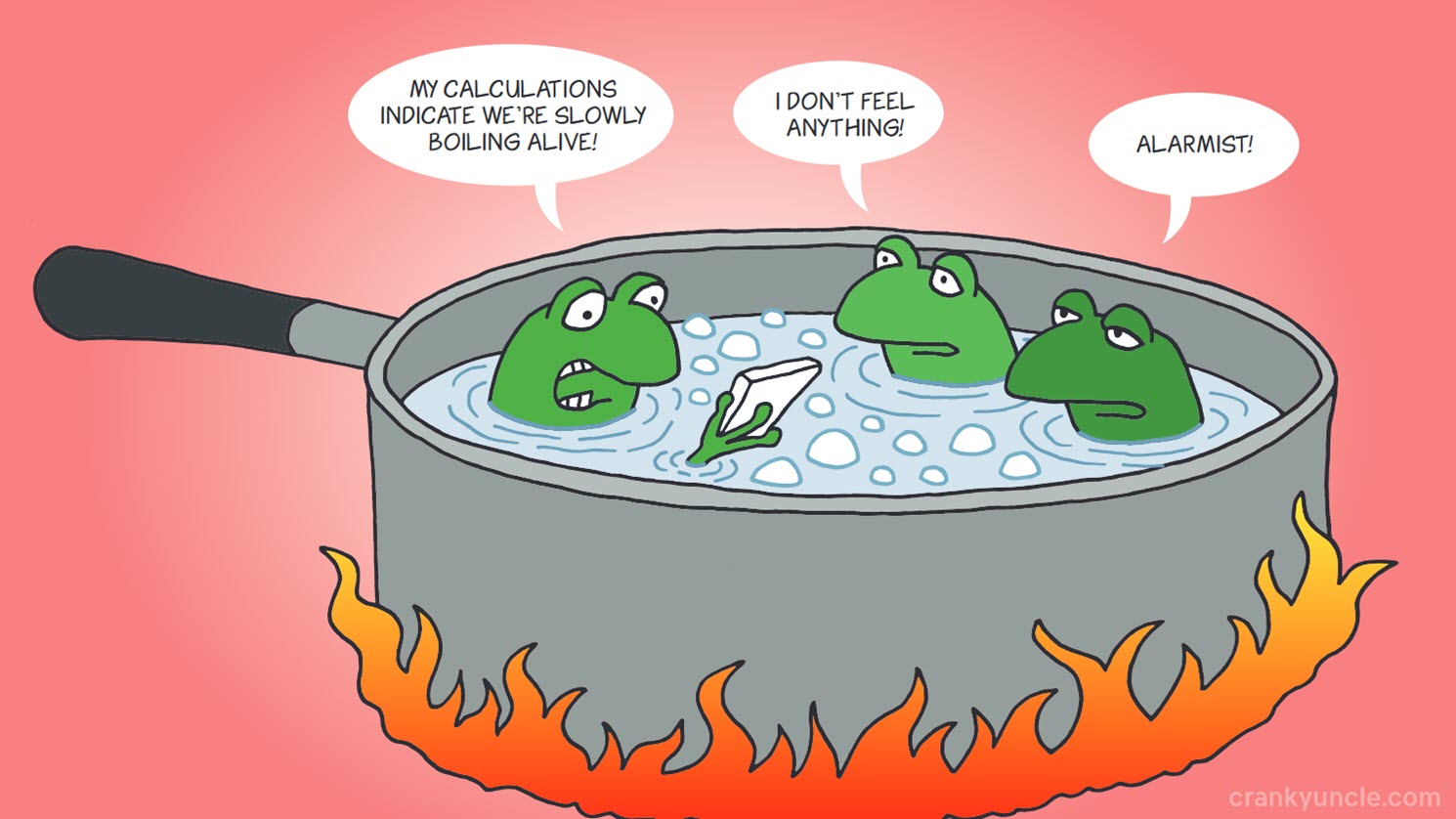You may be familiar with the parable of the three bricklayers, but in case not, here it is in brief.
A traveler came upon a construction site and saw a bricklayer at work. He asked the bricklayer what he was doing. “I’m laying bricks,” the man replied.
The traveler walked a few steps further where another bricklayer was at work, and asked the same question. The second bricklayer answered, “I’m putting up a wall.”
The traveler walked just a few steps more and saw a third bricklayer, engaged in exactly the same work as the first two. Again, he asked the question: “Excuse me, sir. What is it you are doing here?”
The third bricklayer gave a different answer. He said, “I’m helping to build this great cathedral.”
The construction of medieval cathedrals usually took many decades, so in all likelihood, the man would never see the consummation of his work. Like the first bricklayer, he knew that he was laying bricks. And like the second bricklayer, he knew that he was building a wall. But his vision for what he was doing was more far-reaching and more patient. And perhaps because of that vision he worked more attentively and more joyfully than his companions.[1]
Urgent action
The environmental crises confronting us are dire. And because of how slow we have been to act, now they are also urgent. Every day that we continue with unsustainable land use practices adds more species to the extinction chopping block. Every day that we continue mining our soils brings a global food security crisis closer. Every day that we continue to burn fossil fuels adds to the catastrophes that our children and grandchildren will face. So we need to act now.
So it might seem that the appropriate parable, allegory, or metaphor would be one about playing a fiddle while Rome burns, or about boiling a frog. The one about the boiling frog goes like this:
If you drop a frog into a pot of boiling water it will frantically try to escape; but put the frog in a pot of tepid water and gradually bring it to boil, the frog will float there blissfully, unaware that it is slowly being cooked.
This is an apt metaphor for many of our environmental crises, which are the result of incremental actions over decades, whose effects accumulate gradually, and for which the visible effects lag behind the causes. Our political systems are frogs whose time horizon extends as far as the next election. Meanwhile, climate change, plastification of the oceans, and the loss of species have been inching us toward disaster too long and too slowly for us to take much notice.
Unfortunately, as a means of motivating people to recognize the danger, take action, and scramble out of the pot, I suspect that the story of the boiling frog is not very effective. The boiling frog story is not a lesson about why we should wake up and find an escape from our current trajectory; it is an explanation of why we probably won’t.
Building the cathedral

Some of the changes that are needed in the way that world works are already underway. And when the political, social and cultural conditions are right, I suspect that some changes will happen so quickly that even the people who expected them will be caught off guard. However, some aspects of the transformation to a more just, sustainable world will take decades. Change is being resisted and will continue to be resisted. For the most part, transformation will be a difficult, long-term undertaking.
And even then it will take decades and, in some cases, centuries to undo the damage that has been done to ecosystems and the biosphere. Carbon dioxide levels, for example, will take centuries to return to pre-industrial levels[2], and it can take a few centuries to create just one centimeter of topsoil.
The transformation that is needed is about more than banning plastic straws, and driving electricity-guzzling cars instead of gasoline-guzzling cars, as important as such steps might be along the way. The transformation that is needed is about transforming our economic and governance systems and even our cultures. To stay sane and stay motivated while we lay the bricks, we need to remember that building the new cathedral will take a long time.…the choice between focusing on the crises that need urgent action and on the generational work of creating a just world is a false dichotomy. We need to do both. We need to be smarter frogs, but being smarter frogs is not enough.… Click To Tweet
The way I see it, the choice between focusing on the crises that need urgent action and on the generational work of creating a just world is a false dichotomy. We need to do both. We need to be smarter frogs, but being smarter frogs is not enough. We also need to be visionary bricklayers.
[1] If you’re interested in following up on the historical origin of the story, here’s a good source: https://djchuang.com/origin-story-parable-of-the-three-bricklayers/.
[2] Ralph Keeling of the Scripps Institution of Oceanography describes the return of CO2 to the pre-industrial level of 280 ppm as “sort of a 10,000 year proposition” https://e360.yale.edu/features/how-the-world-passed-a-carbon-threshold-400ppm-and-why-it-matters. See also The Royal Society’s climate change Q&A: https://royalsociety.org/topics-policy/projects/climate-change-evidence-causes/question-20/.
[3] The frog cartoon is from https://skepticalscience.com/graphics.php?g=403.

Recent Comments